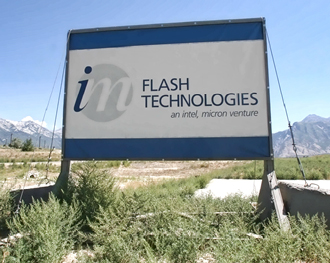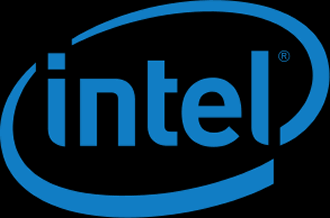 The Tame Apple Press is rubbing its hands with glee that Google’s latest OS, Lollipop, appears to break old versions of its flagship Nexus tablet.
The Tame Apple Press is rubbing its hands with glee that Google’s latest OS, Lollipop, appears to break old versions of its flagship Nexus tablet.
The BBC , which is a big fan of Apple gear, seems to have spun the story as if the bug broke all Android machines, when actually the OS has positive reviews.
“Early adopters of Google’s latest Android operating system are warning others of problems with the software, “thundered Auntie only to admit in the next paragraph the bugs only affected Nexus 7 users. The Nexus 7 came out in 2012.
There is no doubt that there is something wrong with Lollipop and its reaction to some of the gear under the bonnet of an Ancient Nexus 7, but frankly, it is amazing it upgraded at all.
The BBC hints that more problems have not arisen because the OS is only available to a limited number of machines, because many network operators and device manufacturers have yet to complete their own tests.
Ironically, the OS was supposed to revamps the system’s user interface, offers greater control over notifications, and makes changes to the way the OS executes code, which Google said should mean fewer “temporary glitches” than before.
Android Lollipop adapts its look to suit smartwatches, smartphones and tablets
Nvidia, LG and Motorola have also released Android Lollipop updates for some of their handsets and tablets.
The work around for Nexus 7 users is to turn off Google Now, change transitions to zero and limit it to two background apps maximum.
Several Android Lollipop users have also highlighted compatibility problems with Air-based apps.
Apple said sorry in September after faults with iOS 8 caused some of its new iPhones to be unable to make and receive calls, which was supposed to be the phone’s main job.



















